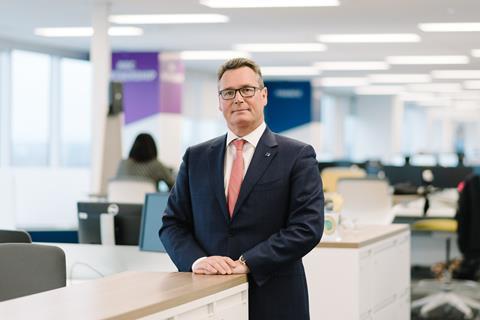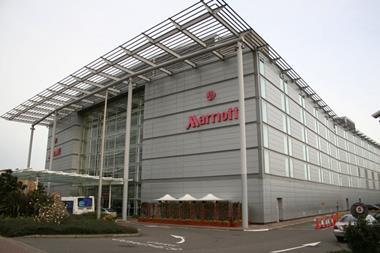The insurer believes both brokers and insurance firms are trying to assess potential intangible losses
Loss prevention specialist and insurer FM Global told Insurance Times that both brokers and insurers are sitting up and paying more attention to intangible and uninsurable risks, such as organisational reputation and brand issues following a catastrophe.
Speaking to Insurance Times at the Amrae conference in Deauville, France this week, Antoine Millot, business risk consultant at FM Global, said: “I was amazed to see how brokers, as well as insurers, are getting into this and trying to better assess that uninsurable portion.
“I think the reason is that they’re trying to find solutions in the market to insure some of it, so there is definitely a push from the brokers to try to assess it so that they can find [a] risk-transferred solution within insurance.”
Business case
According to Millot, around two-thirds of business losses following a catastrophe are due to uninsurable, intangible risks – he said that this is “a very strong trend upwards about the amount of financial loss that companies have to sustain after a catastrophe”.
He continued: “Overall, if you look at the catastrophes’ financial loss, about two-thirds of the losses are non-insurable. And that’s a very strong trend that we see. The picture of the iceberg, where you’ve got the insurable risk at the top and the hidden risk below, which is the uninsurable proportion of the risk, the portion that is below the water surface is at risk, so there is more of a need to qualify.”
Millot warned that organisations, therefore, need to be more prepared when it comes to these “hidden risks”.
He said: “Companies nowadays, when they have a catastrophe, if they’re well prepared, they tend to see the value of their enterprise increase by about 20%, but if they’re not well prepared or well protected, they see the value of their enterprise [reduce] by 30%. And that gap between the two has increased over the last 20 years.
“What we see is that the value of the enterprise after catastrophe, if you’re well prepared, within about 30 days you will recuperate the level of value in your enterprise and they will start increasing. Whereas, if you are a bad risk, it will continually degrade over the time.”
Measurement
But how does Millot recommend calculating these intangible risks?
The three key areas that are measured within FM Global’s new Total Financial Loss modeller includes the loss of market, the loss of opportunities – for example the elimination of any cost saving opportunities or the halting of any new product launches to market – as well as the potential nosedive of investor confidence in the business, which can affect a firm’s cash flow.
“There are some opportunities that you are going to miss,” Millot said. “Either you’re not going to grow on the market, or you’re not going to reduce your costs or improve your EBITDA.
“We will see the impact on the cost of capital following a catastrophe and that’s something we also take into account. So, loss of market, loss of [opportunities] and then the fact that just to finance your company is going to cost you more if you have a catastrophe and you don’t react well.”
Increasing trend
For Millot, interest is certainly peaking in being able to capture total financial loss figures.
He said: “Everybody’s talking about that non-insurable portion of the risk. If you look at the company’s financial statement over the last 20 years, the intangible assets have increased by a factor of 4. So, in all those assets which are intangible – the reputation of the company, to the brand – and that makes for all the uninsurable loss.
”So, there is definitely a trend to try to capture that and put a number on that and that’s really where we’re trying to innovate. Try to plug a number on that portion of the risk.”
In terms of mitigating total financial losses, Millot said that risk managers, insurers and brokers should look at an organisation’s industrial footprint as well as its supply chain.
Millot concluded: “There is a genuine interest in preserving the value of the company, so there is a need to better understand how the risk can impact the value and that connection between the value of the enterprise and the risk is not really evidenced as yet.”













































No comments yet